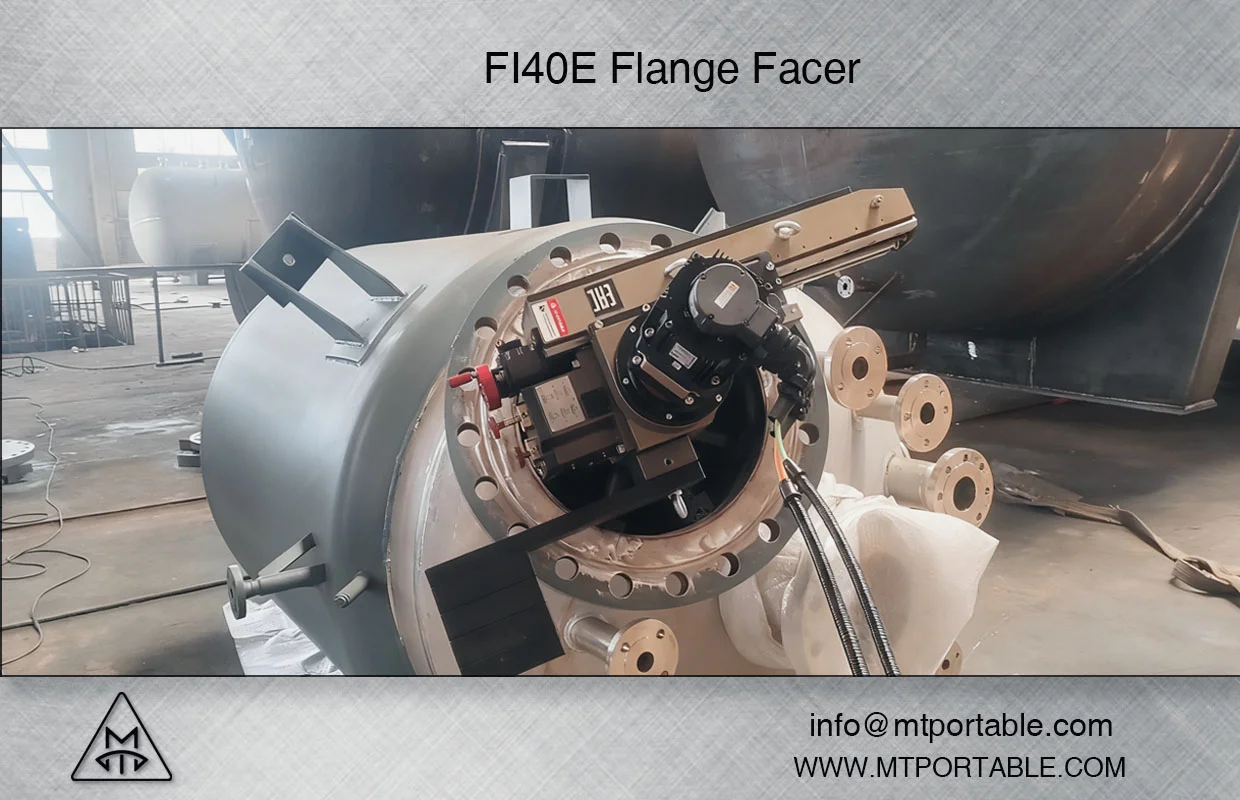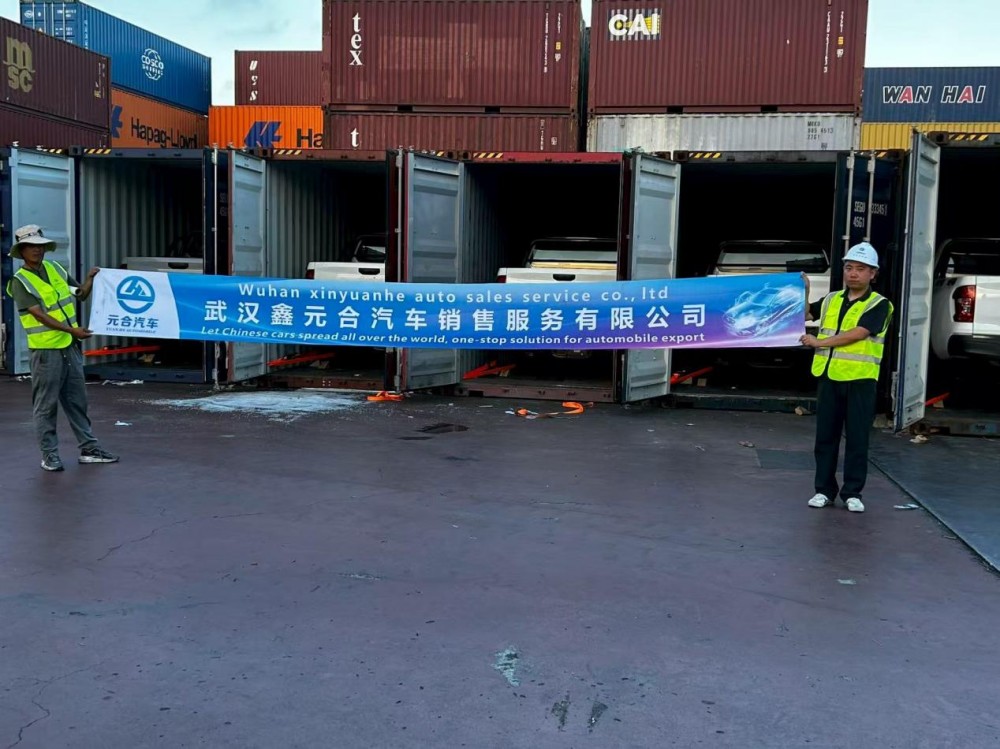In an increasingly globalized economy, the efficient transportation of goods over long distances has become a critical factor for businesses aiming to optimize their supply chains. The quest for the cheapest method of transporting goods is not merely about selecting a mode of transport; it involves a multifaceted analysis of costs, time, reliability, and environmental impact. This article delves into the various methods available for long-distance transportation, evaluating their cost-effectiveness and practical implications.
Understanding Transportation Modes
When considering long-distance transportation, businesses typically have several options: road, rail, air, and sea. Each mode has its unique advantages and disadvantages, and the choice often depends on the nature of the goods, delivery timelines, and budget constraints.
- Road Transportation
- Cost Efficiency: Road transport is often the most flexible option for short to medium distances. However, for long distances, it can become expensive due to fuel costs, tolls, and driver wages.
- Best Use Cases: Ideal for transporting goods to and from ports or rail terminals, and for deliveries that require door-to-door service.
- Limitations: Traffic congestion and regulatory restrictions can lead to delays, impacting overall cost-effectiveness.
- Rail Transportation
- Cost-Effectiveness: Rail transport is generally more economical than road transport for bulk goods over long distances. The cost per ton-mile is significantly lower, making it a preferred choice for heavy and bulk commodities like coal, grain, and minerals.
- Environmental Impact: Rail is also more environmentally friendly, producing fewer emissions per ton-mile compared to road transport.
- Challenges: Limited flexibility in routes and schedules can be a drawback, as rail networks do not reach every location.
- Air Transportation
- Speed vs. Cost: Air freight is the fastest method for long-distance transportation, but it is also the most expensive. It is best suited for high-value, low-volume goods that require quick delivery.
- Cost Considerations: While air transport offers speed, the high costs associated with fuel, airport fees, and handling can make it impractical for bulk shipments.
- Use Cases: Ideal for perishable goods, pharmaceuticals, and urgent shipments where time is of the essence.
- Sea Transportation
- Cost-Effectiveness: Shipping by sea is the cheapest method for transporting large volumes of goods over long distances. Container ships can carry thousands of tons of cargo, significantly reducing the cost per unit.
- Best Use Cases: Ideal for international trade, especially for bulk commodities like oil, grains, and manufactured goods.
- Limitations: Longer transit times and potential delays due to weather or port congestion can affect delivery schedules.
Factors Influencing Cost-Effectiveness
When determining the cheapest method of transporting goods over long distances, several factors must be considered:
- Type of Goods: The nature of the goods being transported plays a crucial role. Perishable items may necessitate faster transport methods, while bulk commodities can benefit from the cost savings of sea or rail transport.
- Distance and Route: The distance between the origin and destination, as well as the availability of transport infrastructure, can influence costs. Remote areas may incur higher transportation costs due to limited access.
- Volume and Weight: Larger shipments often benefit from economies of scale, making sea and rail transport more cost-effective compared to air or road transport.
- Delivery Timeframe: Urgency can dictate the choice of transport method. While sea transport is cheaper, it may not meet tight deadlines, necessitating a more expensive option.
Conclusion: Making an Informed Decision
In conclusion, the cheapest method of transporting goods over long distances is not a one-size-fits-all solution. Businesses must carefully evaluate their specific needs, considering factors such as the type of goods, distance, volume, and urgency. For bulk shipments, sea and rail transport often emerge as the most cost-effective options, while air transport serves a niche market for high-value, time-sensitive goods.



More Stories
How FAMA Traffic Brackets Ensure Long-Term Stability in Urban Signal Installations
Что такое бесщеточный электрический мотоцикл и почему он становится выбором будущего
Что такое бесщеточный электрический мотоцикл и почему он становится выбором будущего